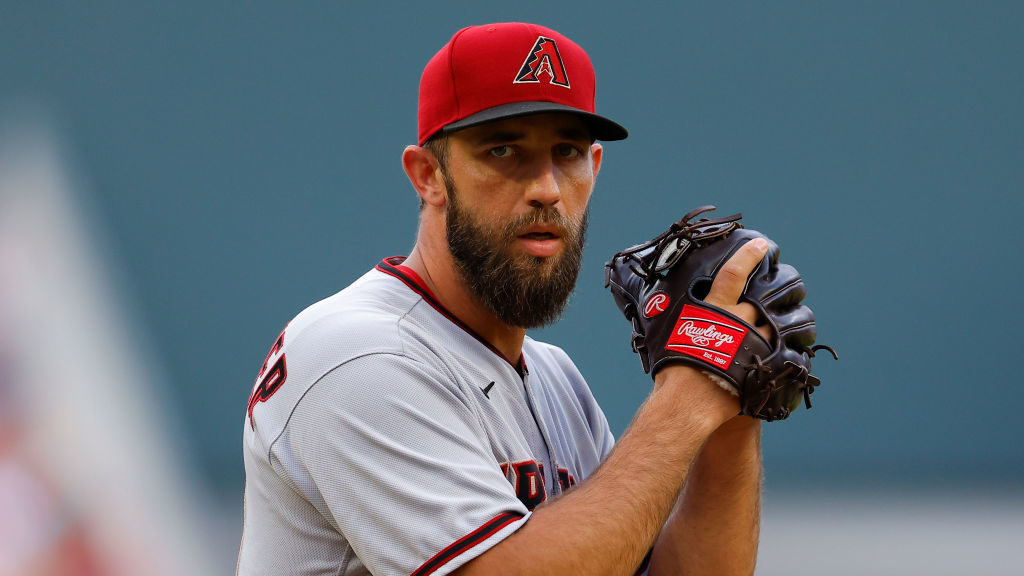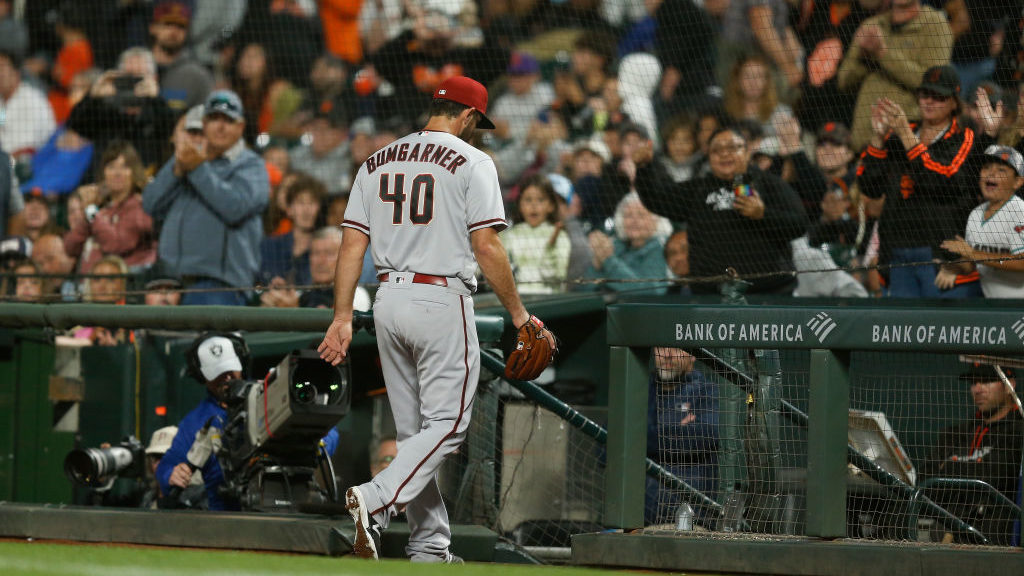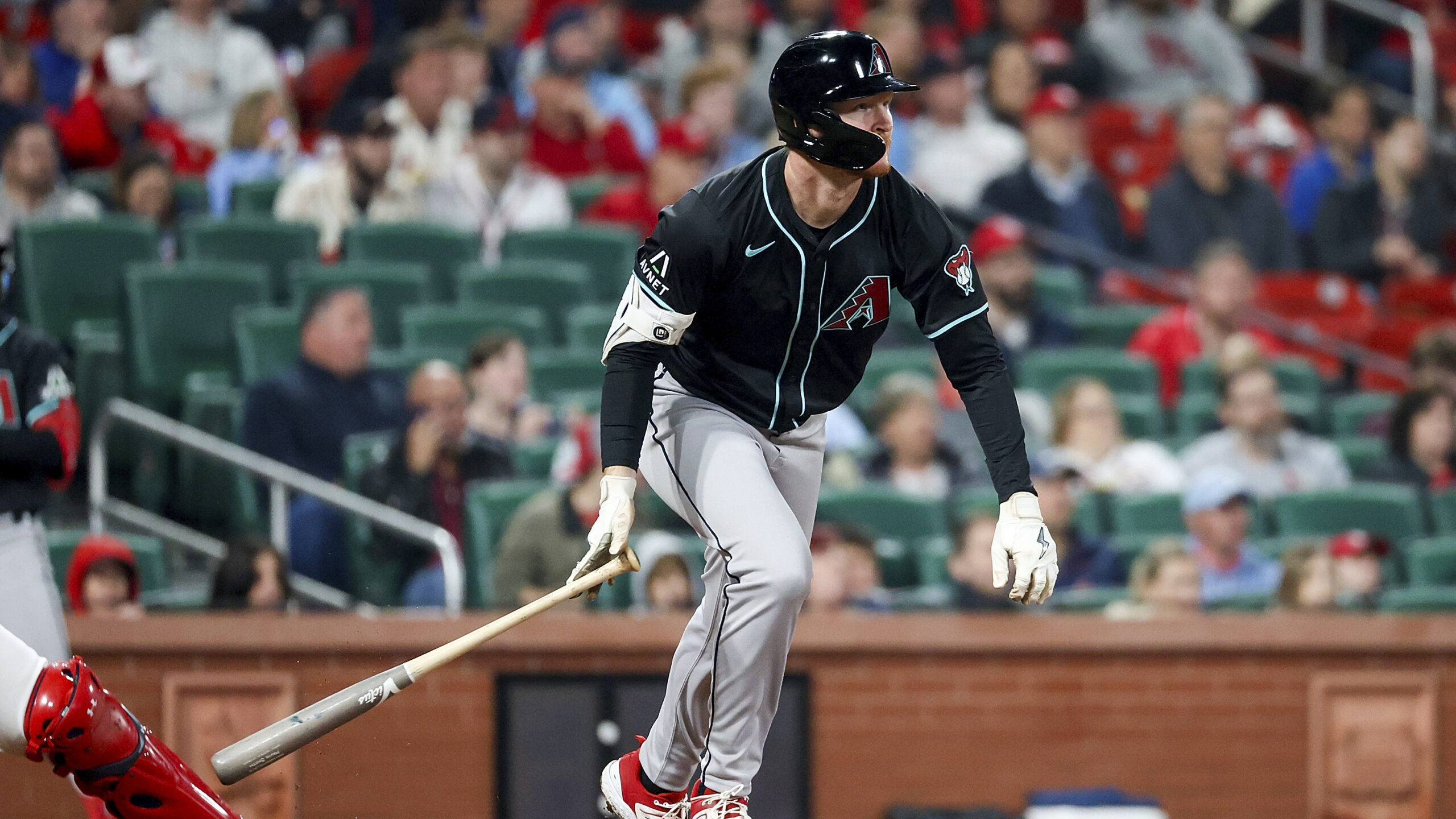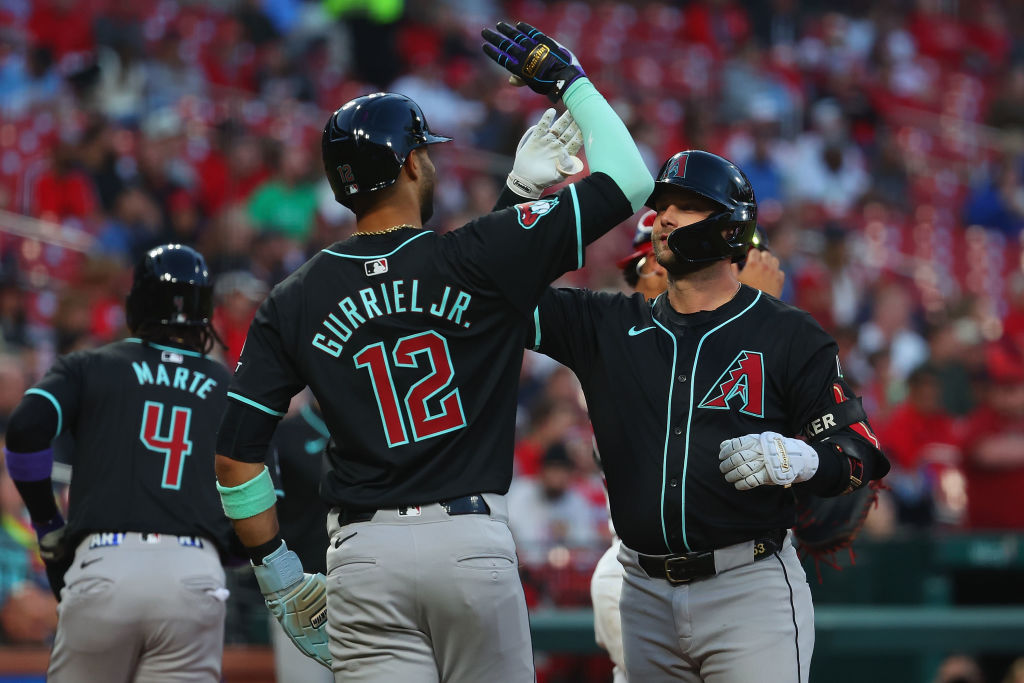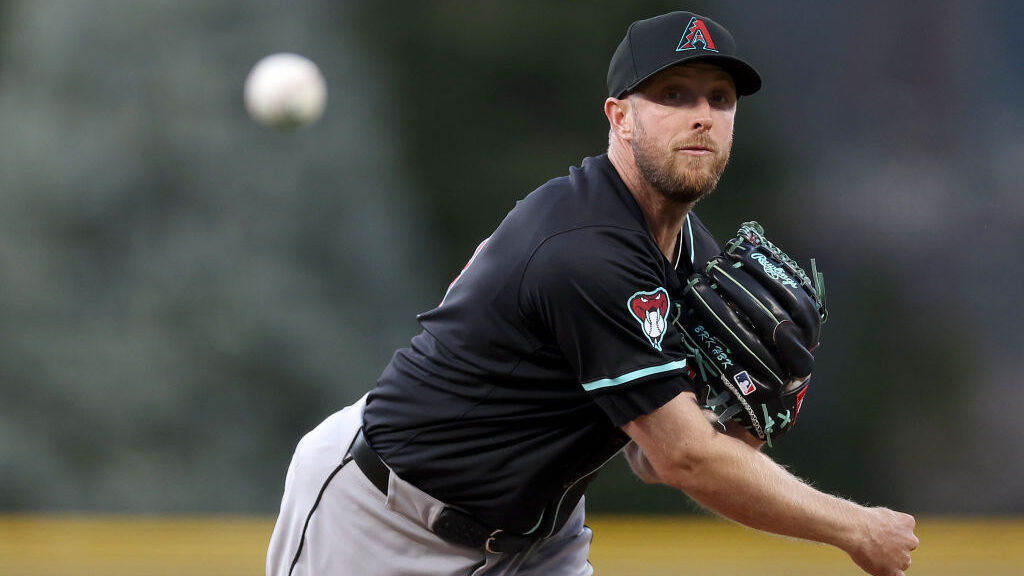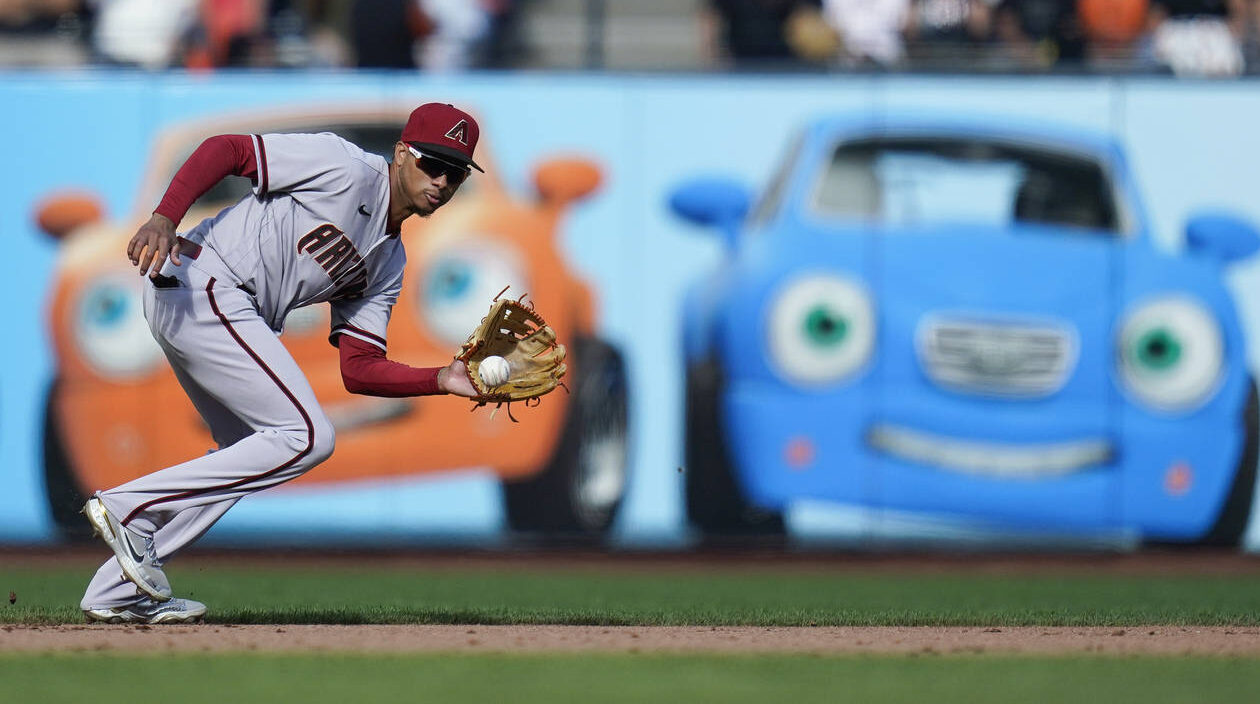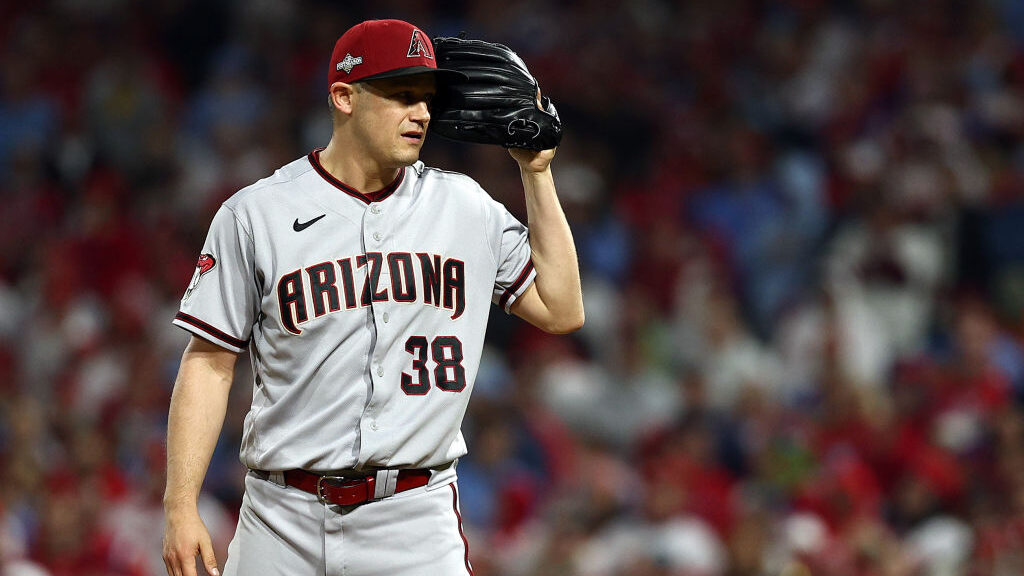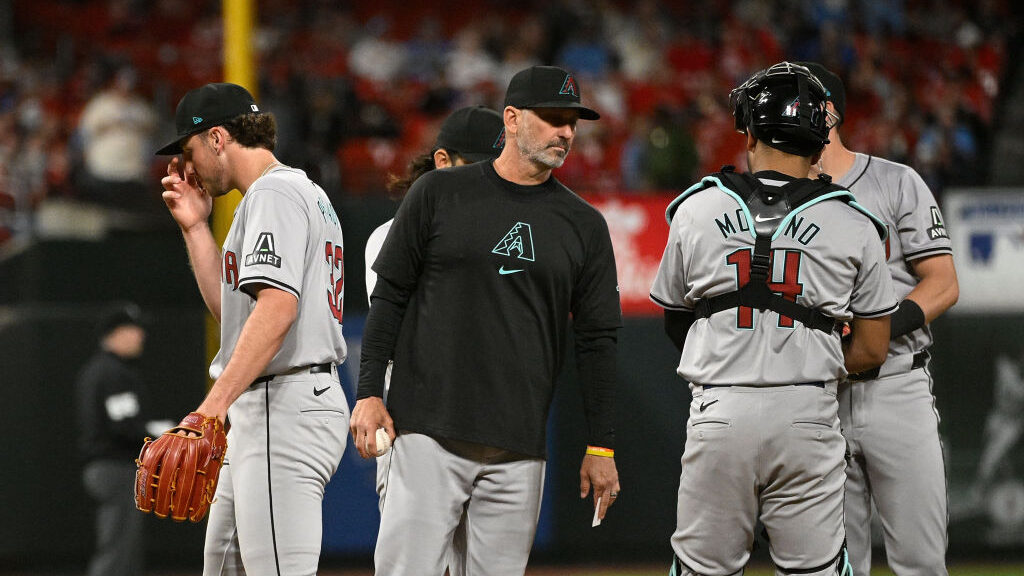Madison Bumgarner had red flags before contract with D-backs
Aug 29, 2022, 9:05 AM
By the time Madison Bumgarner signed his five-year, $85 million contract with the Arizona Diamondbacks ahead of 2020, he’d already shown red flags that he wouldn’t age well.
Oftentimes, players get paid on past merit, not what they are projected to produce.
He’s not getting paid to be the same pitcher he was with the San Francisco Giants. However, at an average annual value of $17 million, the expectation is higher than a 4.85 ERA in 321 innings since joining the D-backs.
Moreover, barring injury, the expectation is that your highest-paid starter never needs to get skipped in the rotation, as Bumgarner was over the weekend before his planned start Monday against the Philadelphia Phillies.
The red flags were there; this was destined to be a struggle. It has been a struggle especially of late, with Bumgarner posting a 7.94 ERA of 20 earned runs in 22.2 innings over four August appearances.
That being said, what were some of the red flags surrounding the former World Series hero?
Increased flyball rate
From 2010 to 2015, Bumgarner gave up fly balls on only 35% of batted balls. However, he gave up fly balls at a 40.1% rate in his final four seasons as a Giant –– the 28th-highest out of 164 qualified pitchers.
That increase occurred during a time when MLB hitters saw more success when they elevate. From 2010 to 2015, hitters slashed .224/.219/.626 on fly balls compared to .244/.239/.736 from 2016 to 2019.
In three of those final four seasons in San Francisco, Bumgarner had a flyball rate over 40%. In his final season with the Giants, opponents slugged .711 against him on fly balls. As high as that is, that was still 77 points better than the average.
But that was at the safe haven of Oracle Park. Bumgarner had to rectify that in the desert air, but didn’t. He’s had the three worst flyball rates of his career in Arizona –– 41.8%, 45% and 41.8%, respectively. He’s allowed 53 home runs as a Diamondback, the ninth-most in baseball since 2020.
Declining strikeout rate
Through his career-best strikeout rate of 27.5% in 2016, Bumgarner had a career mark of 24.4%.
However, in his final three seasons in the Bay Area, the southpaw saw that rate cut by 2%. Though not a drastic decline, it should raise eyebrows coupled with allowing more fly balls. It was hard to imagine it falling off a cliff as it has in Arizona (shy of 17% in two of his three years), but a red flag nonetheless.
Data suggests 2019 wasn’t the success it seemed
Bumgarner was great on the surface in 2019. He stayed on the field, made 34 starts, logged over 200 innings, 3.3 FanGraphs wins above replacement and a 3.90 ERA.
However, his expected ERA was 4.57. Not bad, but certainly a far cry from his actual mark of 3.90.
On top of that, his Skill Interactive ERA –– a metric used to isolate a pitcher’s performance to determine what their ERA should have been –– was 4.15. Again, not bad, but it was the second-worst of his career to that point.
His batted ball data was alarming as well. He was in the 10th percentile in hard-hit rate (percentage of balls hit at least 95 mph), the ninth percentile in average exit velocity and the 24th percentile in expected slugging percentage.
On the surface, he was good in 2019, but a lot of it was luck-induced. He played in a home ballpark that ESPN ranked as the most pitcher-friendly that season. He gave up a lot of loud contact and had the second-worst home runs-per-nine rate of his career (1.3).
The Diamondbacks owe Bumgarner $37 million over the final two seasons of his deal. While there’s always a chance he rights the ship, this marriage has been disappointing and had warning signs before the ink dried on his contract.

